Verilog Validator - System Verilog Validation
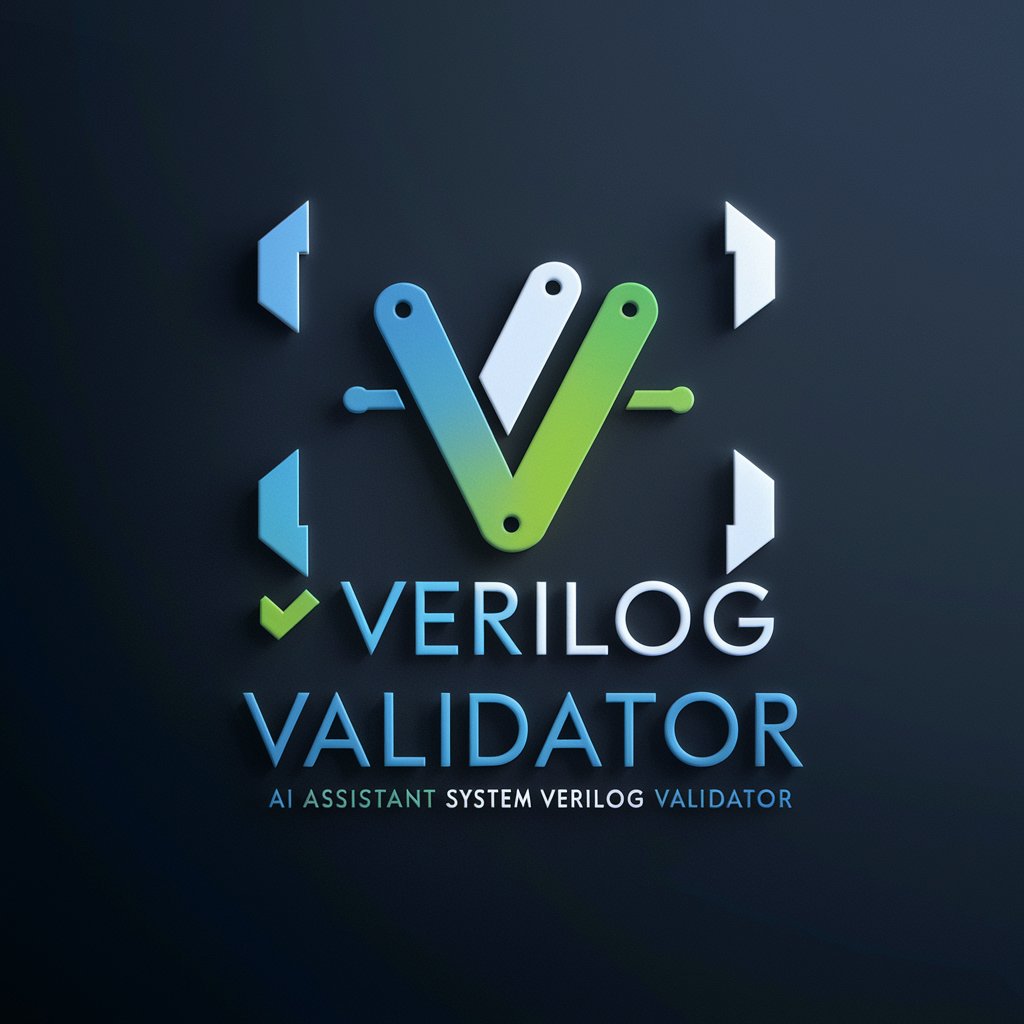
Welcome! Let's validate your System Verilog code.
Perfecting Verilog, Powered by AI
Check my System Verilog code for errors.
Can you help validate this Verilog module?
I need assistance with my System Verilog assertions.
Please review my System Verilog procedural blocks.
Get Embed Code
Overview of Verilog Validator
Verilog Validator is a specialized tool designed to assist engineers and developers in verifying and improving SystemVerilog code. It provides error-checking, optimization advice, and best practice suggestions. The tool is optimized to address common issues in data types, modules, interfaces, clocking blocks, procedural blocks, and more. By analyzing the code and understanding user intent, it aims to deliver accurate, complete solutions while maintaining the original structure and design philosophy. For instance, if a developer writes a module with an unconnected signal, Verilog Validator can identify this issue and suggest fixes like adding connections or explicitly defining it. Powered by ChatGPT-4o。

Key Functions of Verilog Validator
Syntax Error Detection and Correction
Example
Detecting a missing semicolon at the end of a line.
Scenario
A developer forgets to end a line with a semicolon in a procedural block. Verilog Validator flags this as an error and suggests adding the semicolon at the correct position.
Module Interface Analysis
Example
Identifying unconnected ports in a module.
Scenario
A user defines a module with multiple input and output ports but leaves some ports unconnected. Verilog Validator detects these ports and suggests explicit connections or notes their absence if intentional.
Clocking Block Verification
Example
Checking for consistent clock domain usage.
Scenario
In clocking blocks where multiple clock domains are used, Verilog Validator ensures that signals are synchronized properly and flags any inconsistent domain usage.
Code Optimization Suggestions
Example
Recommending use of built-in functions.
Scenario
A developer writes custom code for data type conversions instead of using built-in functions. Verilog Validator highlights this and suggests replacing the custom code with efficient built-in functions.
Target User Groups for Verilog Validator
Hardware Design Engineers
Engineers designing digital hardware circuits using SystemVerilog benefit from Verilog Validator by quickly detecting logical errors, unconnected signals, and optimizing their designs for better performance and resource utilization.
Verification Engineers
Verification engineers use Verilog Validator to ensure that verification code adheres to best practices, follows efficient coding guidelines, and identifies issues in testbenches or assertion properties early in the development cycle.
FPGA/ASIC Designers
FPGA/ASIC designers, who need high-quality and optimized code for their specific designs, can rely on Verilog Validator to catch errors that could affect synthesis and to provide guidance for better coding practices.

How to Use Verilog Validator
Step 1
Access a free trial at yeschat.ai without needing to log in or subscribe to ChatGPT Plus.
Step 2
Choose the type of Verilog code you need to validate (e.g., Modules, Assertions, Interfaces) from the available options.
Step 3
Upload your System Verilog code directly into the Verilog Validator interface.
Step 4
Review automated feedback and corrections suggested by the tool to refine your code according to best practices and syntax correctness.
Step 5
Utilize the tool's tips and guidelines to further optimize your Verilog code for performance and reliability.
Try other advanced and practical GPTs
File Reader
Unlock insights with AI-powered analysis
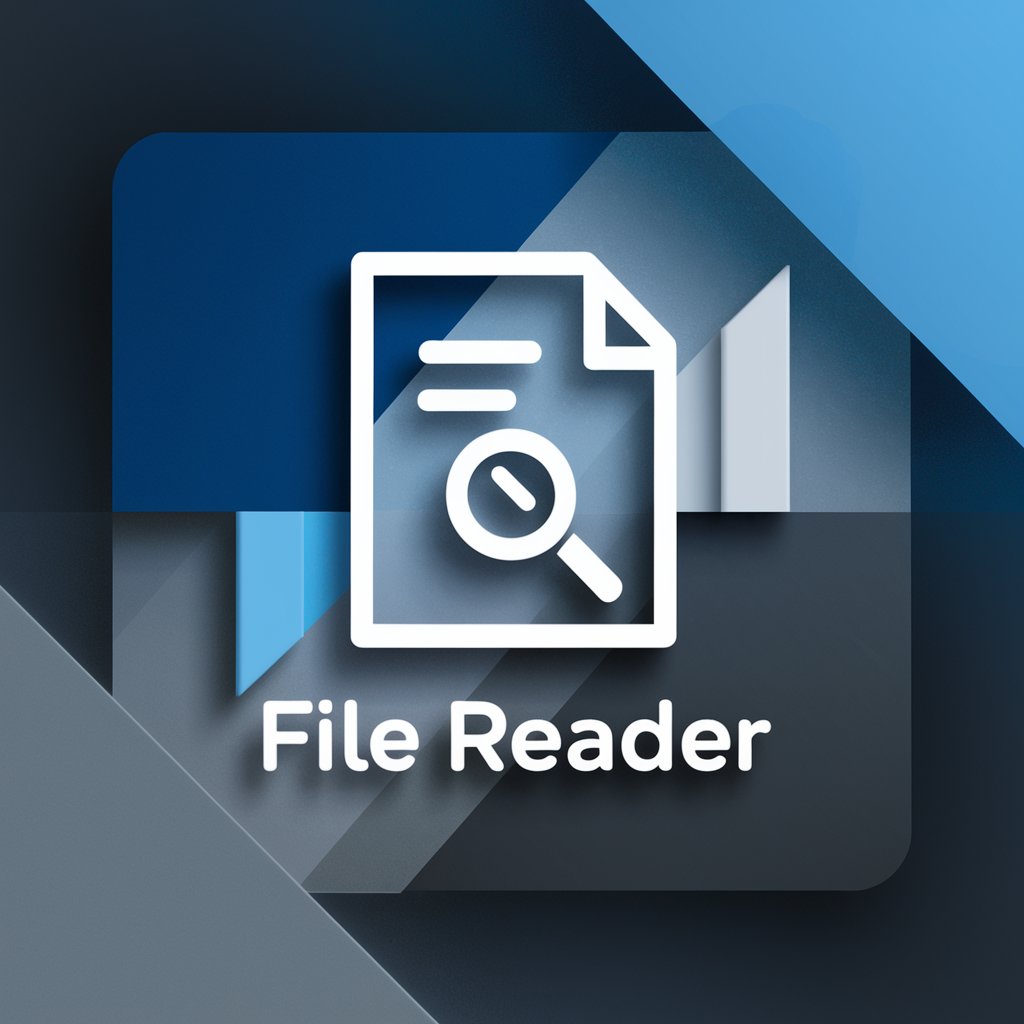
Code Crafter (Chakra UI + TypeScript)
AI-powered Web UI Crafting Tool
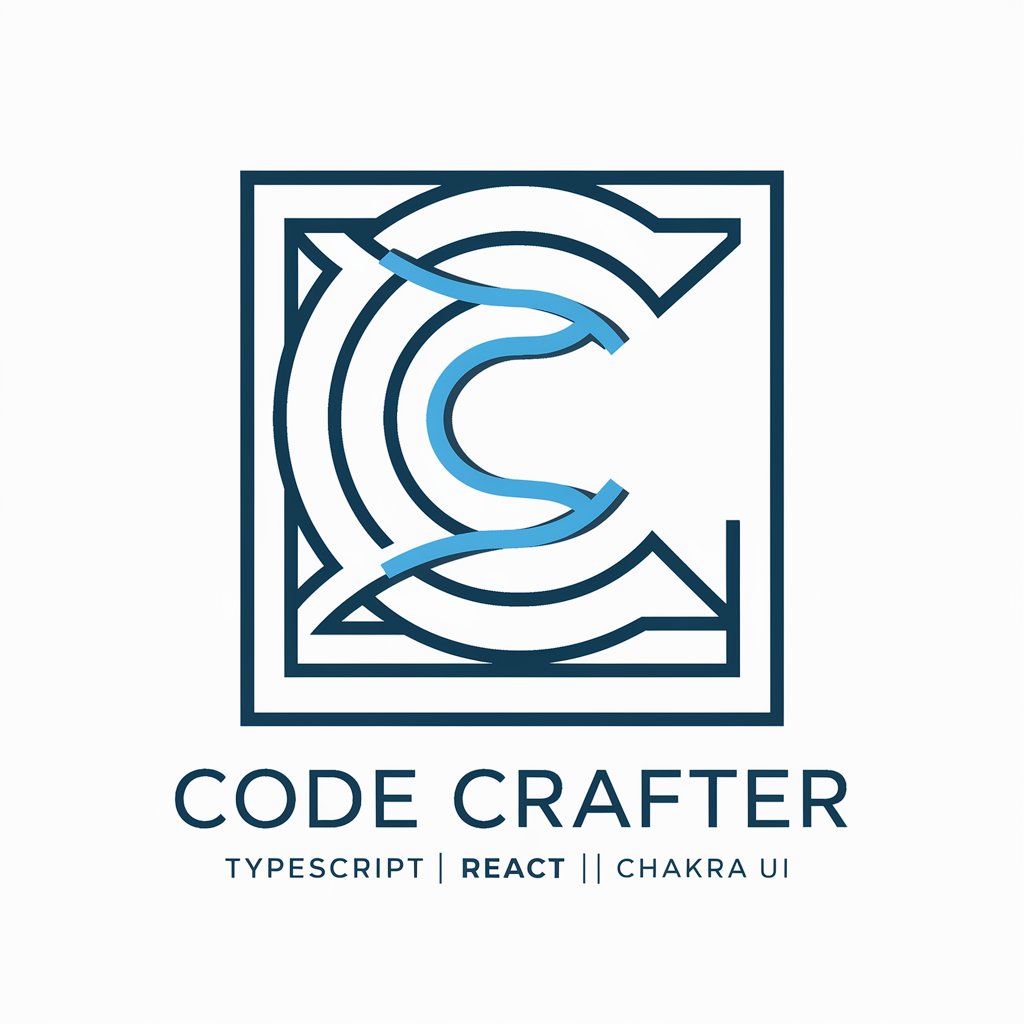
Corrector
Precision in Every Word
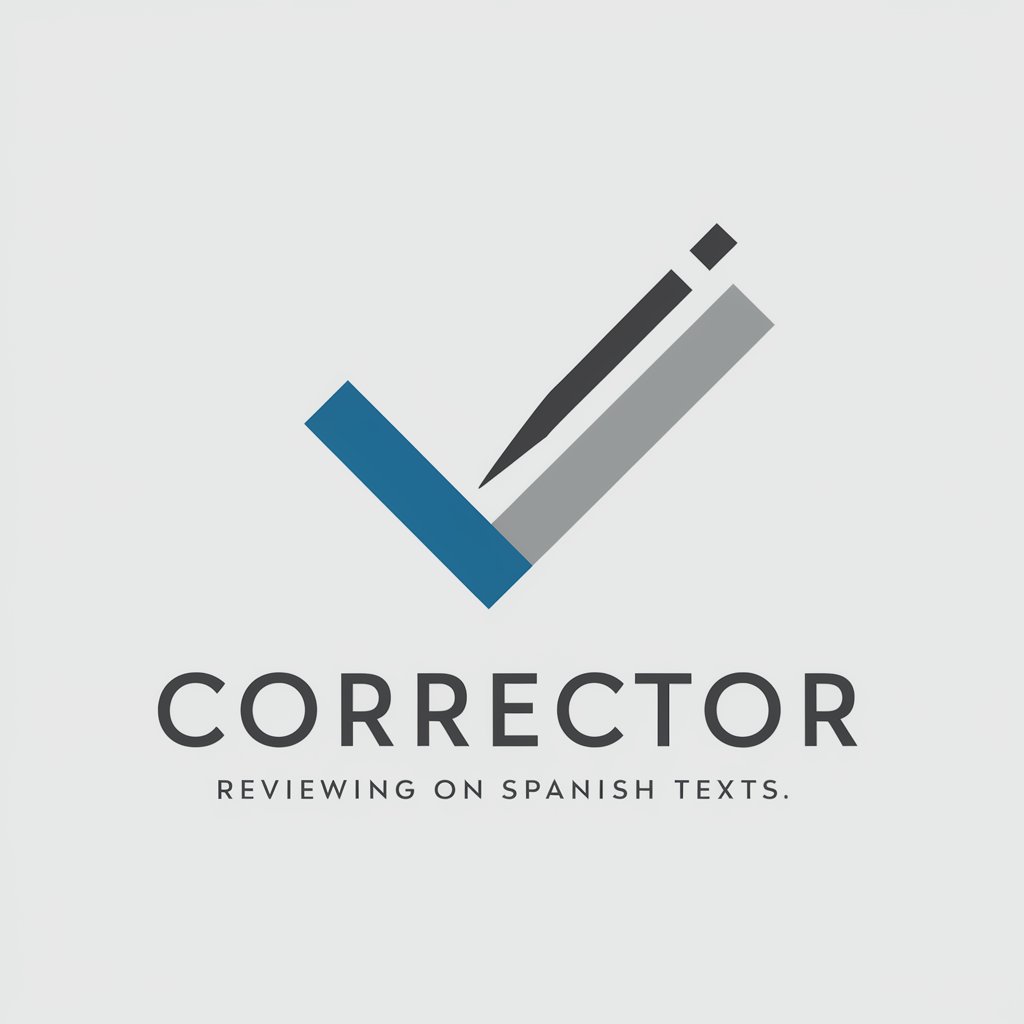
Angular Expert
Streamlining Angular Development with AI
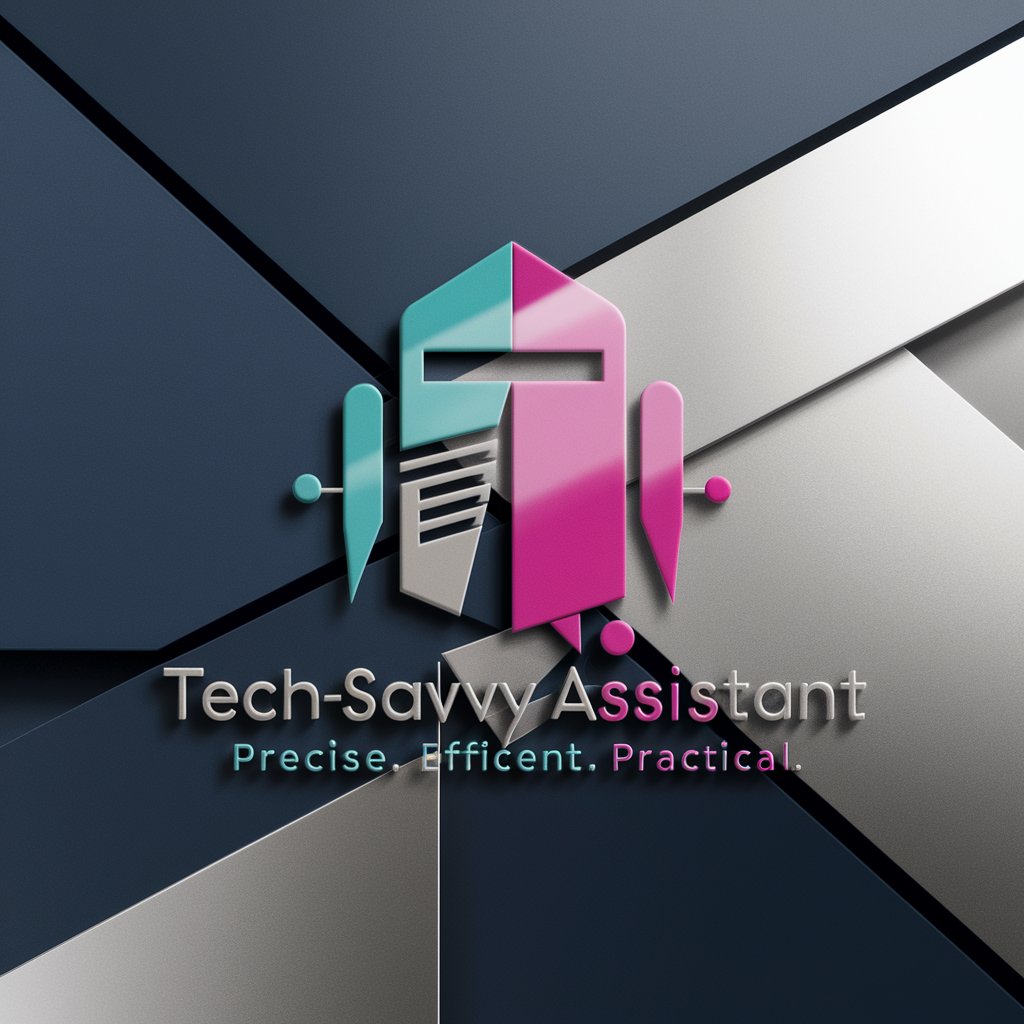
Art/Image Analysis GPT
Revolutionize Visual Analysis with AI

Social Media Copywriter
Empower Your Brand with AI-Driven Copy

10W+爆款小红书
Empower Your Content with AI

Biết Tất AI
Empowering creativity and productivity with AI

VSCode Code Companion
Enhance Coding with AI Insights
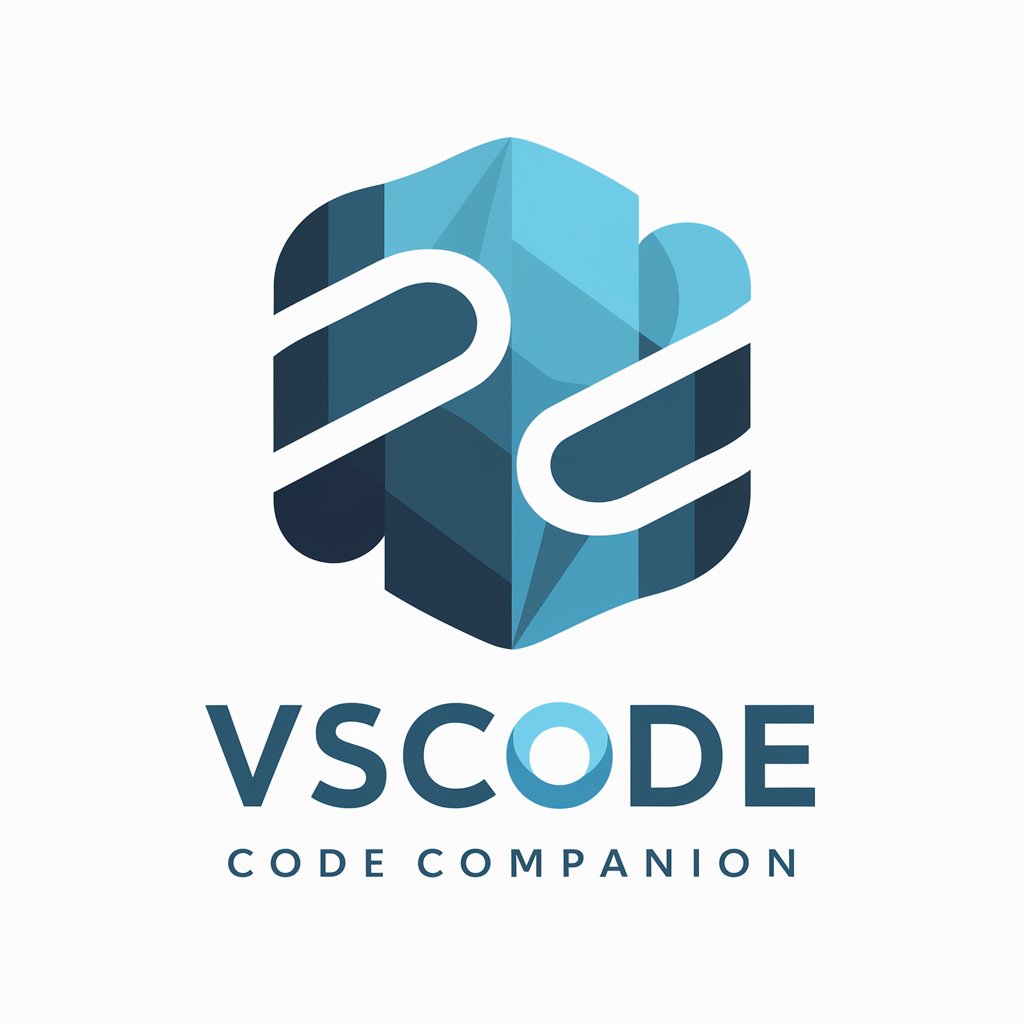
Python Code Generator for vscode
Power your coding with AI
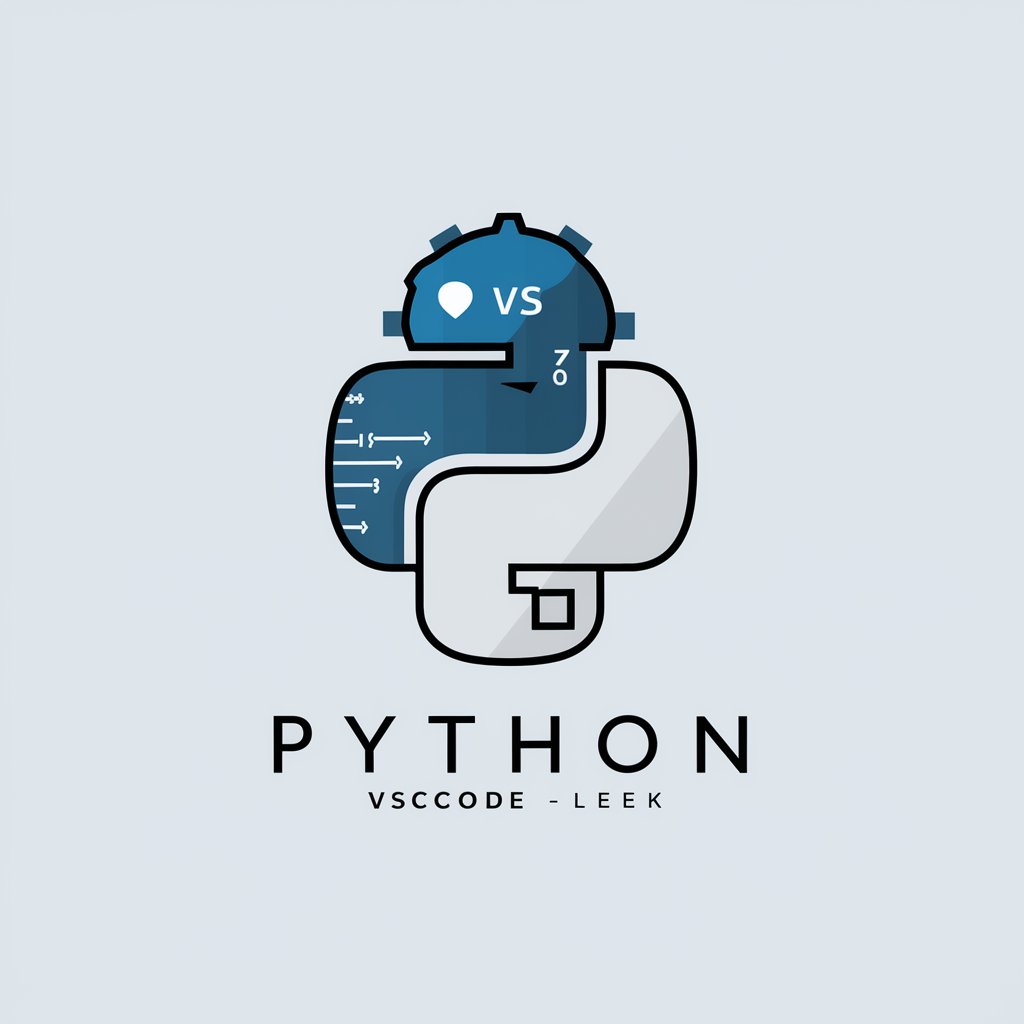
CTF Companion
Master cybersecurity with AI-driven CTF training.

Invest in ETFs
Empowering ETF Investments with AI

Frequently Asked Questions About Verilog Validator
What types of errors can Verilog Validator detect?
Verilog Validator can detect and correct a wide range of errors including syntax mistakes, data type inconsistencies, improper module usage, and faulty assertions.
Is Verilog Validator suitable for educational purposes?
Yes, it is an excellent resource for students and educators in the field of digital design and computer engineering to learn and teach correct System Verilog practices.
How does Verilog Validator handle complex hierarchical designs?
The tool can efficiently manage and validate complex hierarchical designs by breaking down the validation process into manageable components and ensuring all interconnections are correctly established.
Can I integrate Verilog Validator with other development tools?
Yes, Verilog Validator can be integrated with various development environments and tools to provide real-time feedback and corrections during the design process.
What makes Verilog Validator different from other Verilog tools?
It offers AI-powered analysis and corrections that adapt to the user's coding style and intent, providing more personalized and accurate feedback than traditional tools.
